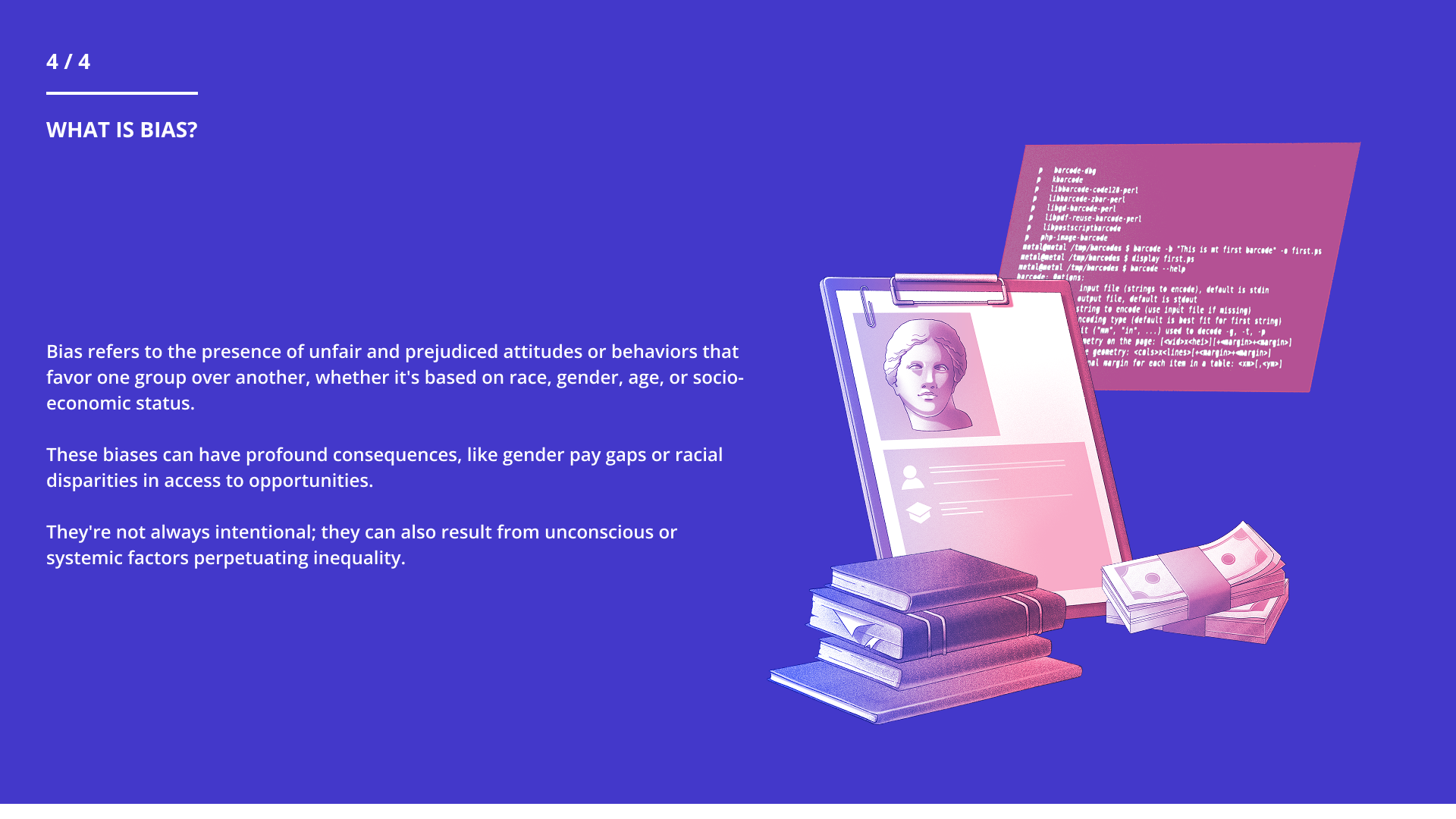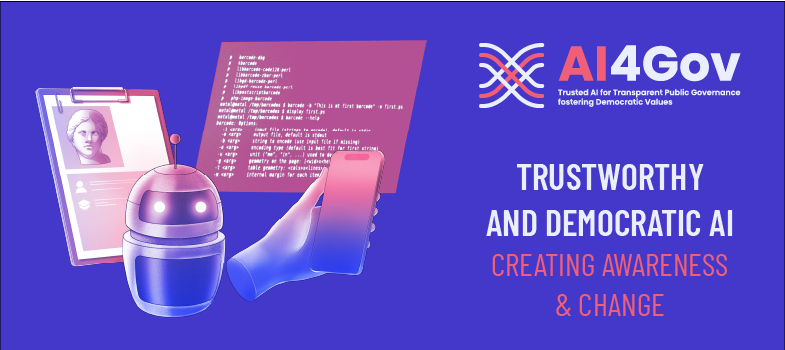Module 5: Virtualized Unbiasing Framework
Serving as a visual catalog, it facilitates exploration, comparison, and informed tool selection, thereby fostering a more effective approach to bias mitigation. Additionally, Bias Detector Toolkit is a part of VUF, where we are developing bias detection tools for specific contexts of use cases on the project, and will be presented in a later edition of MOOC.
The Virtualized Unbiasing Framework is a holistic application focused on explaining AI bias and equipping developers with an easy-to-navigate and visually organized catalog. It consists of the scrollytelling application, real life examples and the catalog of methods and tools for bias mitigation.
In Module 5, we cover:
Lesson 5.1: Scrollytelling Application
Lesson 5.2: Stages of AI Trainings
Lesson 5.3: Real Life Examples
Lesson 5.4: Catalog of Bias Detection and Mitigation Strategies
The first section of the application is the scrollytelling part, where the user can be informed about bias and AI in general. Scrollytelling, also known as scroll-driven storytelling or scroll-based storytelling, is a web design technique that involves using the scrolling action of a webpage to reveal content in a narrative or visually engaging way. Instead of presenting information all at once on a single page, scrollytelling unfolds content gradually as the user scrolls down the page.
By strategically organizing and presenting data visually, this process enhances comprehension and facilitates rapid understanding. To introduce the concepts of bias, AI, and bias in AI, we developed an animation-based scrollytelling experience (see Figure 1).
The scrollytelling application consists of stages that explain what is AI, what is bias, what is bias in AI, and how it affects model outputs.
Figure 1: Scrollytelling example
